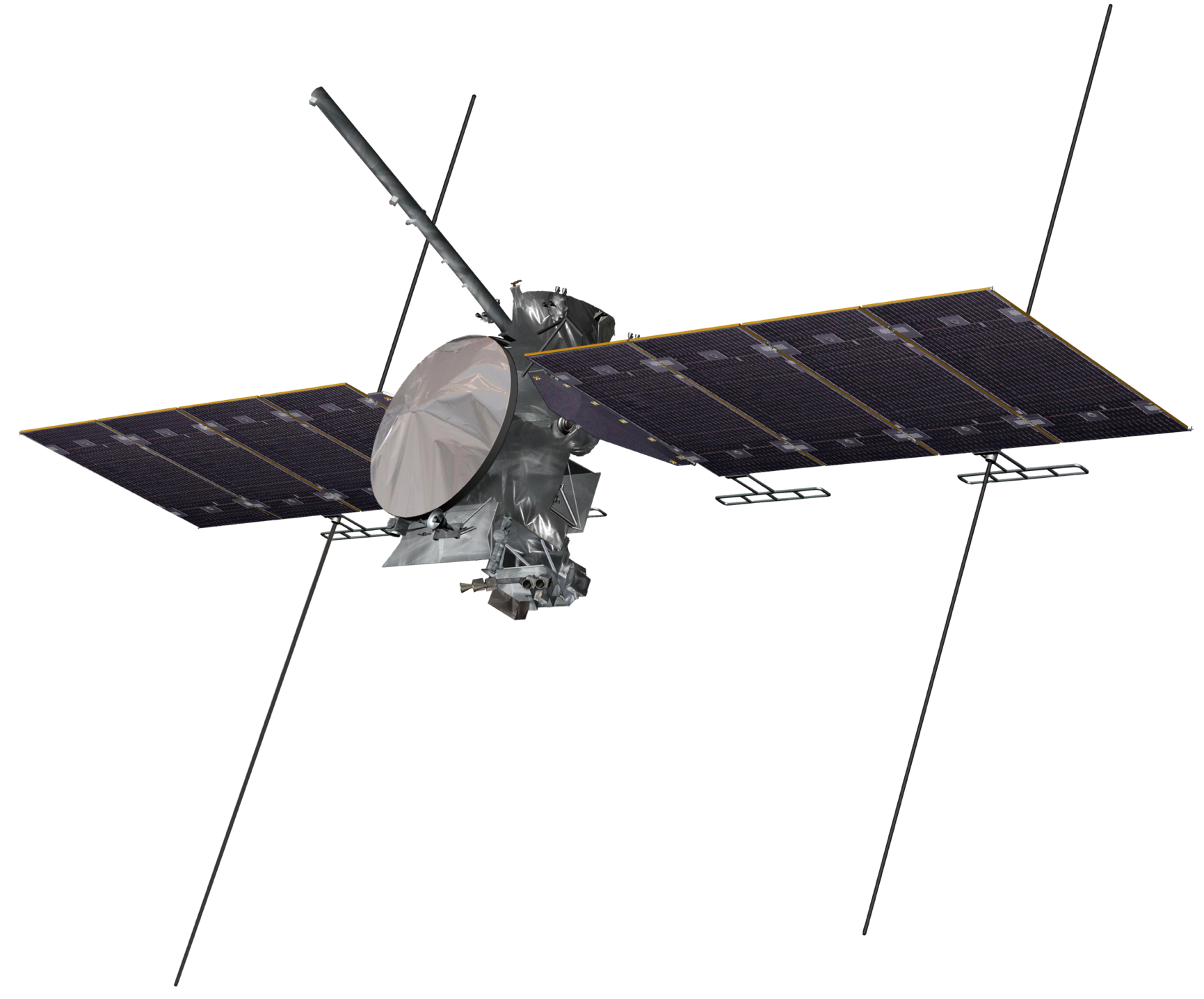Free Courses Sale ends Soon, Get It Now


Free Courses Sale ends Soon, Get It Now



Source: Wikipedia
Disclaimer: Copyright infringement not intended.
Context
Details
Mission Overview
Objectives:
The Europa Clipper mission aims to:
Strategy:
Significance of Europa
Mission Components
Instruments:
Scientific Exploration
Conclusion
The Europa Clipper mission represents a pioneering effort to explore one of the moons in the solar system. By utilizing a flyby approach and innovative strategies to minimize radiation exposure, the mission aims to unravel the mysteries of Europa's subsurface ocean and assess its potential habitability.
Sources:
|
PRACTICE QUESTION Q. With its advanced scientific payload and trajectory maneuvers, Europa Clipper promises to provide insights into the Jupiter’s moon. Discuss. (150 Words) |
© 2024 iasgyan. All right reserved